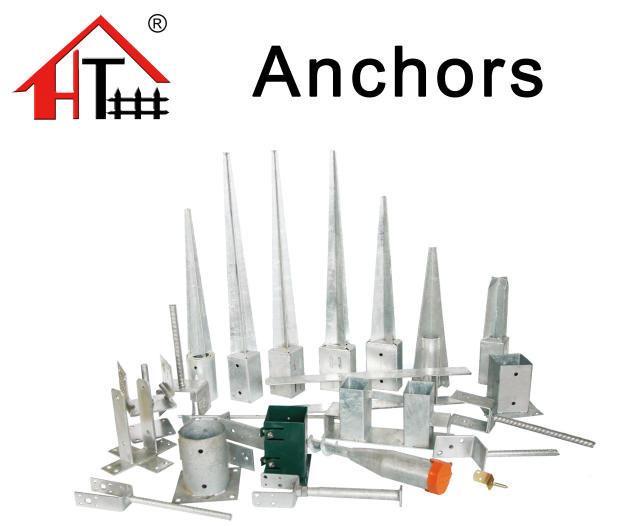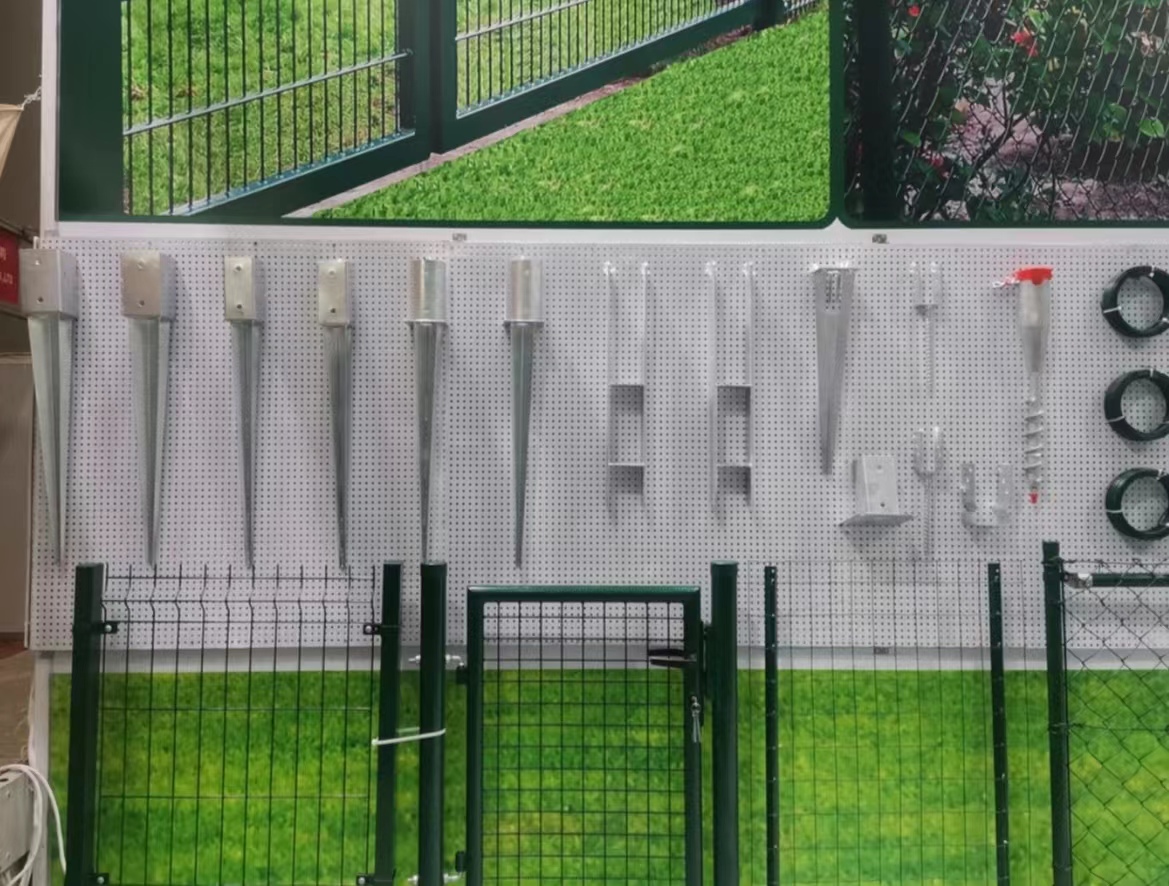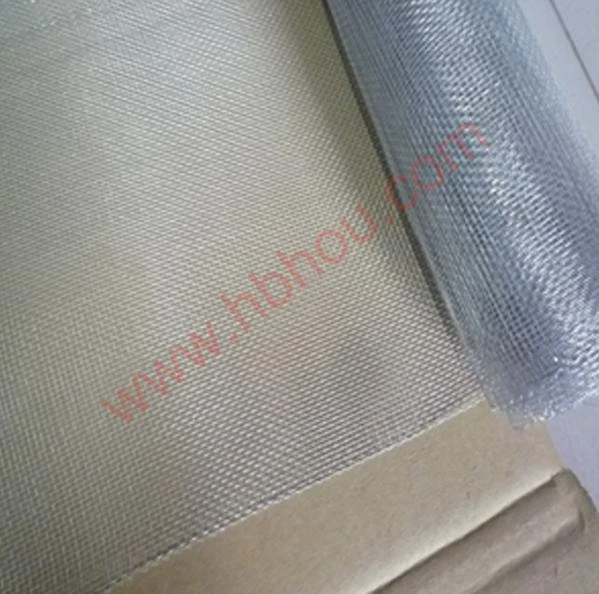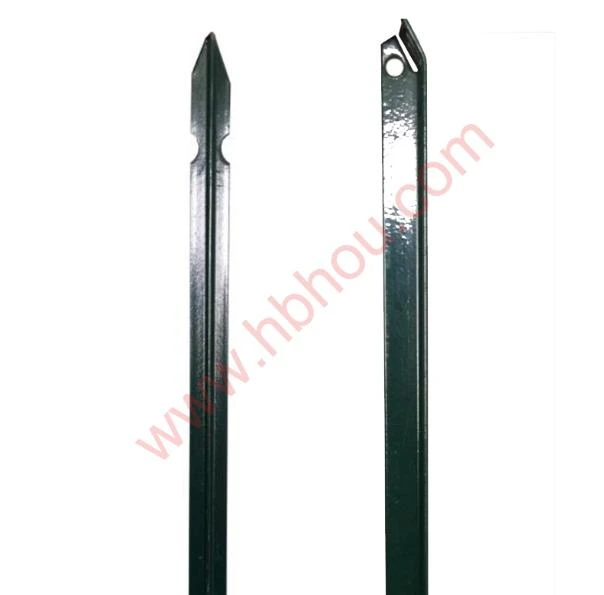Creating a Deer Fence for Your Small Garden A Comprehensive Guide
If you have a small garden, you likely appreciate the beauty and tranquility it brings to your home. However, one common challenge that many gardeners face is keeping deer away from their prized plants. Deer can quickly turn a flourishing garden into a barren landscape, nibbling on flowers, vegetables, and shrubs. A deer fence can be an effective solution to protect your garden while blending seamlessly into your outdoor space.
Choosing the Right Type of Fence
When selecting a deer fence for your small garden, there are several factors to consider. The height of the fence is crucial; deer can jump surprisingly high, often clearing obstacles up to eight feet if they are motivated enough. A fence that stands at least eight feet tall is recommended to deter these agile animals. However, for smaller gardens where a tall fence may seem imposing, consider using a combination of techniques, such as slanted fencing or decorative trellises, to achieve both height and aesthetic appeal.
Material Matters
The material you choose for your deer fence is equally important. Common options include wire deer fencing, wooden fencing, and electric fencing. Wire fencing is popular for its durability and effectiveness. It's lightweight, easy to install, and allows for air and light to pass through, ensuring your garden remains vibrant and lively. Wooden fencing, while more visually appealing and customizable, may not be as practical or cost-effective due to its susceptibility to wear and weather conditions.
Electric fencing is another option worth exploring, especially for those with persistent deer problems. This type of fencing provides a safe deterrent without being overly visible. However, it's essential to ensure that the electricity is kept low enough to avoid harming the animals and to regularly check the system for any malfunctions or power outages.
deer fence for small garden

Installation Tips
When installing your deer fence, be mindful of the layout of your garden. Clear the area of weeds, rocks, and other debris to create a clean space for your fence. Ensure the fence posts are firmly set into the ground, at least two feet deep for stability. If you choose a wire fencing option, stretch the wire tight to minimize sagging and potential breach points.
Additionally, burying the lower portion of the fence up to a foot underground can help prevent deer from digging underneath. For added security, consider using a fence topper, such as barbed wire or an angled overhang, both of which can discourage deer from attempting to jump over.
Aesthetic Enhancements
While functionality is vital, a deer fence should also complement your garden's aesthetic. Consider painting wooden fencing to match your home or plant climbing vines along a wire fence for a more natural look. Many gardeners opt for a picket fence style that offers charm while still acting as a barrier. You can also incorporate gates and entrances that match your garden's overall style, providing both practicality and beauty.
Conclusion
Installing a deer fence in your small garden can significantly enhance your gardening experience, allowing you to enjoy the fruits of your labor without the worry of wildlife damage. By considering factors such as height, material, installation, and aesthetics, you can create an effective barrier that not only protects your plants but also enhances the beauty of your outdoor space. With the right approach, your garden can thrive, free from the threat of deer intrusion, allowing you to cultivate a flourishing haven for years to come.
















